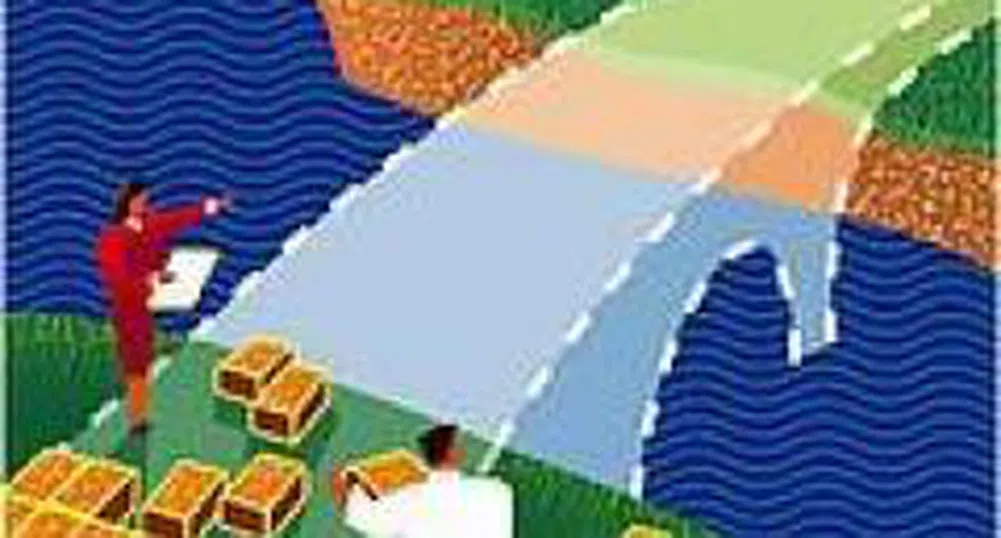Account Deficit up by 115% y/y in Romania, FDI drops by 30.2%

The current account of the payment balance registered after four months a deficit accounting for EUR 4.44 bn, an increase by 115% against the similar period in 2006, according to data released by the National Bank of Romania (BNR), Nine o' Clock reports.
The current account deficit grew, after the first trimester when the increase was of 90%. The imbalance of the commercial balance totalled EUR 4.52 bn, an increase by 78.3% against the similar period of 2006, with an important influence on the value of the current account deficit.
The customer service area posted an exceeding EUR 145 mn and the income account registered a negative sold of EUR 1.49 bn, an increase of 64.1% against the similar period of the previous year.
The current transfers reached EUR 1.42 bn, against EUR 1.25 bn in January- April 2006. The deficit was covered 36.1% by direct foreign investments, which totalled EUR 1.6 bn, of which capital shares and reinvested profit represented approximately two thirds, 62%, and the intra-group credits one third namely 38%, accounting for EUR 609 mn.
The direct foreign investments amounted to EUR 1.605 bn in the first four months, a fall by 30.2% against the similar period in 2006, when the posted value reached EUR 2.3 bln.
The medium and long-term foreign debt had reached, at the end of April EUR 30.02 bn, a rise by 6.1% against December 2006.
Romania has outrun in 2006 in the process of covering the gap separating the GDP value in the EU-25 countries and Romania, only two countries- Poland and Hungary- of the eight ex-communist countries joining EU in 2004, although it is among the countries with the highest increases in the economic sector in the past years.
''GDP per inhabitant increased by 7.7% in 2006 against the values in the EU-25, but the recovery pace was slow against the EU-8 states (the East-European sates joining EU in 2004,'' according to BNR's report.
The foreign imbalance of Romania, the indebtedness level of the population and the exhibition of the non-financial companies to a possible currency shock are the main challenges of the financial system in Romania.
BNR informs that last year the financial system was stable, but some risks, without systemic potential on short term are increasing. The risks caused by the population on the financial stability increased last year, especially on the foreign currency sector, where the granted credits exceeded, since October 2006, the value of the deposits.
The credit risk is the main danger for Romanian banks, and the maintenance of a stable crediting growth pace will lead, on short term, to an increase of this danger.
“The quality of the credit portfolio was maintained on the background of a restrictive policy imposed by the central bank in the past years, but also due to the efforts of the banks in managing the risks.”
The report informs also about the variable interest rates imposed by banks, where the reference is not mentioned, and if the rate for the new credit products is reduced, the interest for the previous loans is not modified.
The profit rate of the banking system will slow down on short term on the background of the increase in the competition, the reduction of the interest rate and the investments in the development of the banking network.
The increase in the provision necessary as effect of the crediting dynamics and the costs related to the implementation of the Basel II Agreement are among the factors influencing the profit rate.
)

&format=webp)
&format=webp)


&format=webp)
